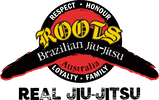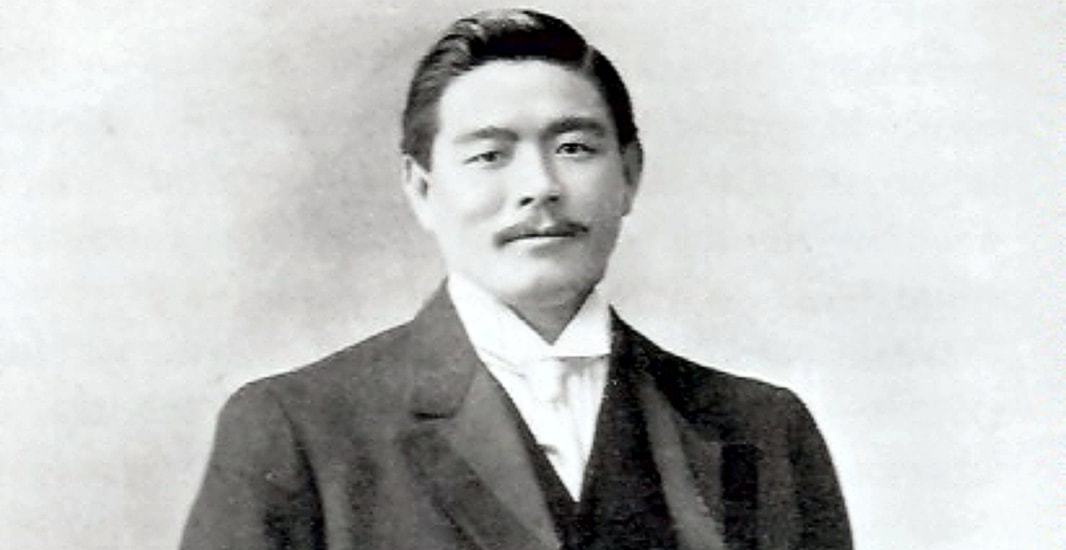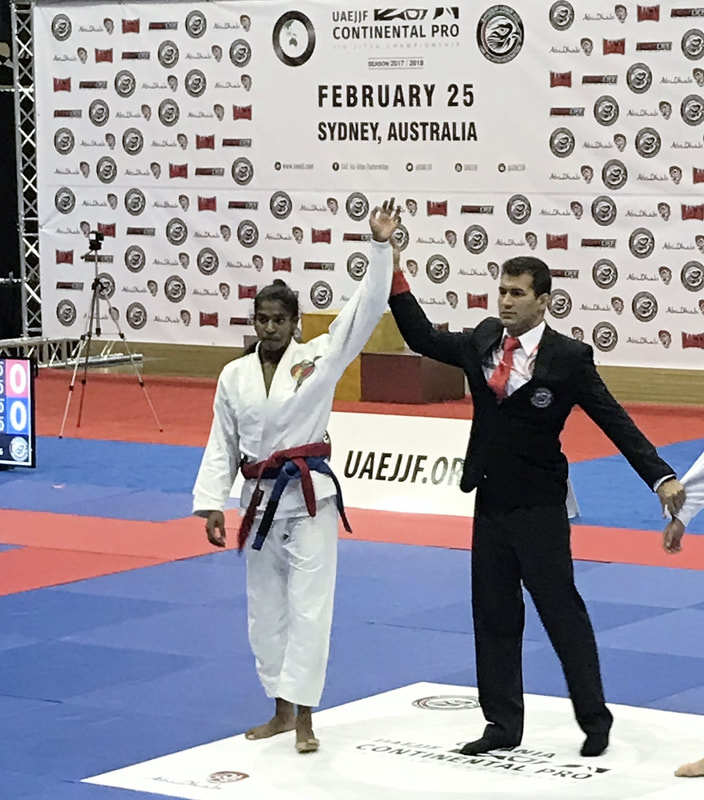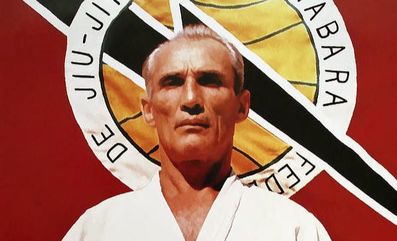History of Brazilian Jiu-Jitsu
The Beginnings of Jiu-Jitsu in Brazil
Maeda Mitsuyo
Brazilian jiu-jitsu has Japanese roots. However, the word “Brazilian” refers to more than just geography. It refers to the attitude that underpins Brazilian Jiu-Jitsu.
Until 1892, Asians could not officially settle in Brazil, and the Japanese immigrants did not arrive in Brazil until 1908. At the beginning of the twentieth century, northern Brazil had a booming economy based on the production of natural rubber from latex, which was native to the Amazon basin. Entertainers followed the money to Amazon cities such as Belem and Manaus. These entertainers included boxers and wrestlers, and in 1914 the wrestlers included the Japanese professional wrestler Mitsuyo Maeda (Maeda Mitsuyo, 1878-1941). As a boy, Maeda had considered a career in professional sumo, but at just 165 centimetres (65 inches) in height, he was too short for that. He switched to Kodokan judo in high school and college. Following graduation, he got a job teaching judo in a Japanese high school, but in 1904 he decided to give that up and move to the United States instead. In the United States, Maeda tried to make a living teaching judo. During 1905, he gave judo exhibitions, and he also taught at a gym in New York City. He found that teaching judo did not pay very much, so in late 1905, he began wrestling professionally. From 1906 to 1908, Maeda wrestled and taught judo in England and Scotland, and he made occasional trips to Belgium and Spain. He financed these trips by wrestling on stage. From 1908 to 1913, Maeda was in Cuba, Mexico, and Central America, still teaching judo and supplementing his income by wrestling. In November 1914, Maeda went to Brazil, where he wrestled and taught judo. During late 1916 or early 1917, a Brazilian youth named Carlos Gracie (1902-1994) began studying judo with Maeda. At the time, Maeda was associated with the Circo Queirolo (Queirolo Brothers Circus), which was an Italian-Argentine circus that operated in Brazil. Carlos's father, Gastão (1872-1955) was also associated with the Queirolo circus, apparently in a financial capacity. ROOTS BJJ Women's team
|
The Gracies
Helio Gracie
In 1925, Carlos Gracie established a jiu-jitsu academy in Rio de Janeiro. His assistants included his younger brothers Oswaldo (1903-1943), George (1905-1985), Gastão Jr. (1906-1965), and Hélio (1912-2009).
Brazilian jiu-jitsu students in 1920s and 1930s generally competed against opponents who were not practitioners of judo or jujutsu. In 1931 and early 1932, George Gracie had several contests with a capoeira practitioner Mario Alexio. During 1932, Hélio Gracie, who had trained in amateur boxing as well as jiu-jitsu, made his pro debut against a boxer called Antonio Portugal; the result was a win for Gracie. In the 1930a Brazilian jiu-jitsu was beginning to transform from a Japanese martial art into an international amateur sport. Leaders in this transformation of Brazilian judo included the Gracies and others, including Ogawa Ryuzo (1883-1975), Okochi Tatsuo (1892-1965), and Naito Katsutoshi (1895-1969), all of whom started teaching Kodokan judo in Brazil during the mid-1930s. During this time Japanese immigration stopped, and Brazilian Jiu-Jitsu started to develop a different style from the traditional Japanese jiu-jitsu. During the oil crisis of 1973-1974, the Brazilian economy sagged, and thousands of educated Brazilians decided to move to North America. These emigrants included Carley Gracie (1949-; eleventh child of Carlos Gracie) and his cousin Rorion Gracie (1952-; oldest son of Hélio Gracie). Both men opened martial arts schools in California, where they found that business models that had been developed in Brazil worked equally well in the United States. In 1986, Rorion Gracie, then living in Torrance, California, was picked to be a fight choreographer for the Mel Gibson movie Lethal Weapon (Warner Brothers, 1987), and in 1989, an article in Playboy magazine described Gracie as “the toughest man in the west” (Jordan 1989). These two events brought Gracie into contact with advertising people in California, and in 1993, Gracie became one of the designers of the first Ultimate Fighting Championship (UFC). UFC was an open competition designed for pay-per-view television. The idea was that competitors trained in different styles would fight each other. The success of Gracie Jiu-Jitsu in the heavily marketed UFC contests helped spread Brazilian jiu-jitsu into Europe and Australia and attracted the attention of the U.S. Army. Brazilian Jiu-Jitsu is for everyone. It is designed so that a smaller or weaker opponent can overcome a larger or stronger opponent. Some people train for fitness, some for fun, some for confidence. What every your reason to start, it is time, at ROOTS BJJ we say that everyone is welcome on the mat. |



